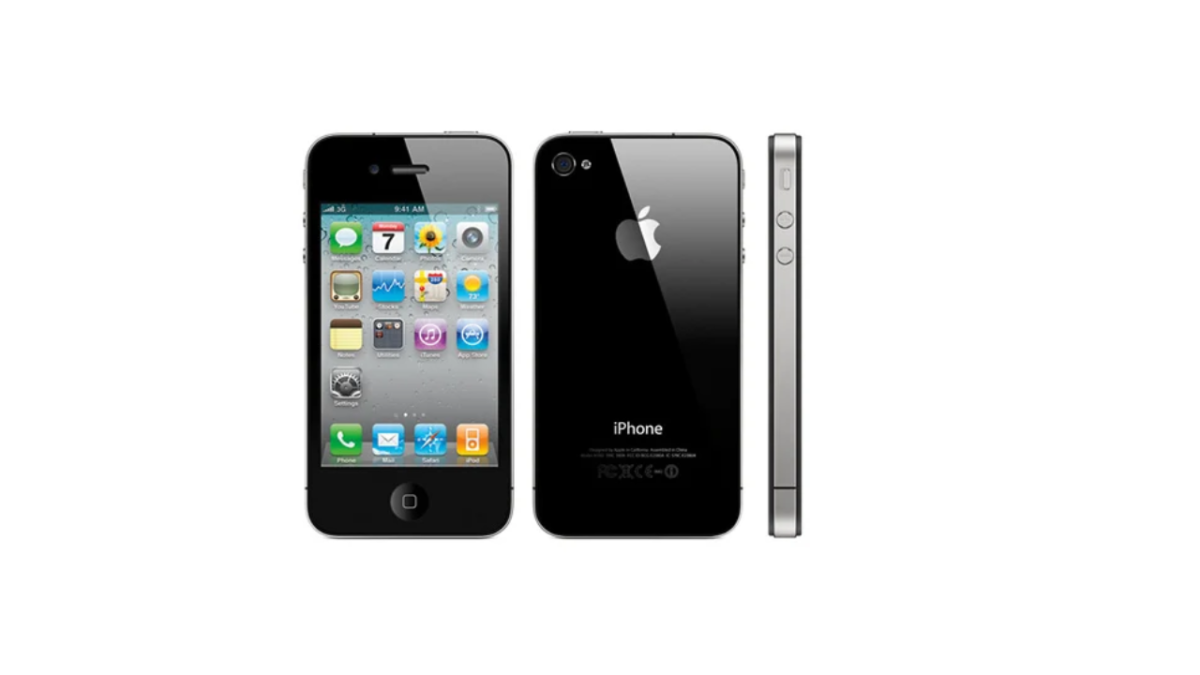Apple iPhone 4S: The Smartphone That Introduced Siri to the World
Table of Contents
Introduction
In October 2011, Apple launched the iPhone 4S — a device that not only continued the brand’s reputation for excellence but also marked a historic turning point in mobile technology. While its external design closely resembled its predecessor, the iPhone 4S was packed with powerful upgrades. Most notably, it introduced the world to Siri, Apple’s voice-activated personal assistant, forever changing the way people interact with smartphones.
A Familiar Design with Powerful Changes Under the Hood
At first glance, many were surprised that the iPhone 4S looked nearly identical to the iPhone 4. But Apple had a clear vision: keep the sleek and premium design that users loved, while making huge improvements internally.
The iPhone 4S featured:
- Dual-core A5 chip: Delivering up to 2x faster performance and 7x faster graphics.
- 8-megapixel camera: Offering better low-light performance and Full HD 1080p video recording.
- Improved antenna system: For better call quality and faster download speeds.
- iOS 5: Bringing over 200 new features, including Notification Center, iMessage, and deep iCloud integration.
But all of these upgrades paled in comparison to the most groundbreaking feature — Siri.
Siri: Apple’s Voice-Controlled Revolution
The iPhone 4S was the first Apple device to include Siri, a voice-controlled digital assistant that could respond to natural language queries. At the time, it was revolutionary — users could speak to their phones and receive intelligent responses.
Siri could:
- Set alarms and reminders.
- Send text messages or make calls.
- Answer questions and provide recommendations.
- Schedule meetings or check the weather.
While voice recognition wasn’t new in 2011, Siri stood out because it felt more personal, conversational, and intuitive. It marked Apple’s first serious push into artificial intelligence and natural language processing, laying the foundation for voice assistants that followed.
You May Also Like: Apple iPhone XR: A Built to Last Device
iOS 5 and iCloud: Seamless Integration
Along with Siri, Apple launched iOS 5, one of the most feature-rich updates in iPhone history. The operating system introduced the Notification Center, iMessage, Newsstand, and more.
But perhaps the most significant was iCloud — Apple’s new cloud storage platform. With iCloud, users could sync their photos, apps, music, and documents across all Apple devices. It meant that whether you were on your iPhone, iPad, or Mac, everything stayed in sync automatically — a game-changer in convenience and user experience.
iCloud was tightly integrated into the iPhone 4S, ensuring a seamless transition to cloud-based storage for users around the world.
Camera Upgrades: A Leap in Mobile Photography
Apple also gave the iPhone 4S a significant camera upgrade. The new 8MP sensor, combined with an improved lens and the A5 chip’s image signal processor, delivered sharper, more vibrant photos.
The camera could also shoot 1080p HD videos, making the iPhone 4S a favorite for casual photographers and content creators alike. With fast capture speeds and enhanced white balance, it performed impressively in various lighting conditions — something rare for smartphones at the time.
Global Reach and Market Impact
The iPhone 4S launched in the United States, Australia, Canada, France, Germany, Japan, and the UK on October 14, 2011, with over 70 countries receiving the device by year’s end. Apple called it the fastest rollout ever for an iPhone at that point in time.
Despite the absence of a radical design change, the iPhone 4S sold millions of units, proving that innovation wasn’t just about looks — it was about the experience.
Remembering the Legacy
The iPhone 4S holds a special place in Apple’s history. It was the last iPhone introduced under Steve Jobs’ leadership, as he sadly passed away just one day after its unveiling on October 5, 2011. Many Apple fans and tech enthusiasts view the 4S as a symbol of Jobs’ legacy — innovative, polished, and forward-thinking.
Conclusion
The iPhone 4S was more than a hardware refresh — it was a visionary step forward in how we use smartphones. By introducing Siri, launching iOS 5, and integrating iCloud, Apple elevated user expectations for mobile devices. Even today, many of the features that debuted on the 4S continue to shape the iPhone experience.
For anyone reflecting on Apple’s journey or the evolution of smartphones, the iPhone 4S remains a true milestone — and the device that gave our phones a voice.





